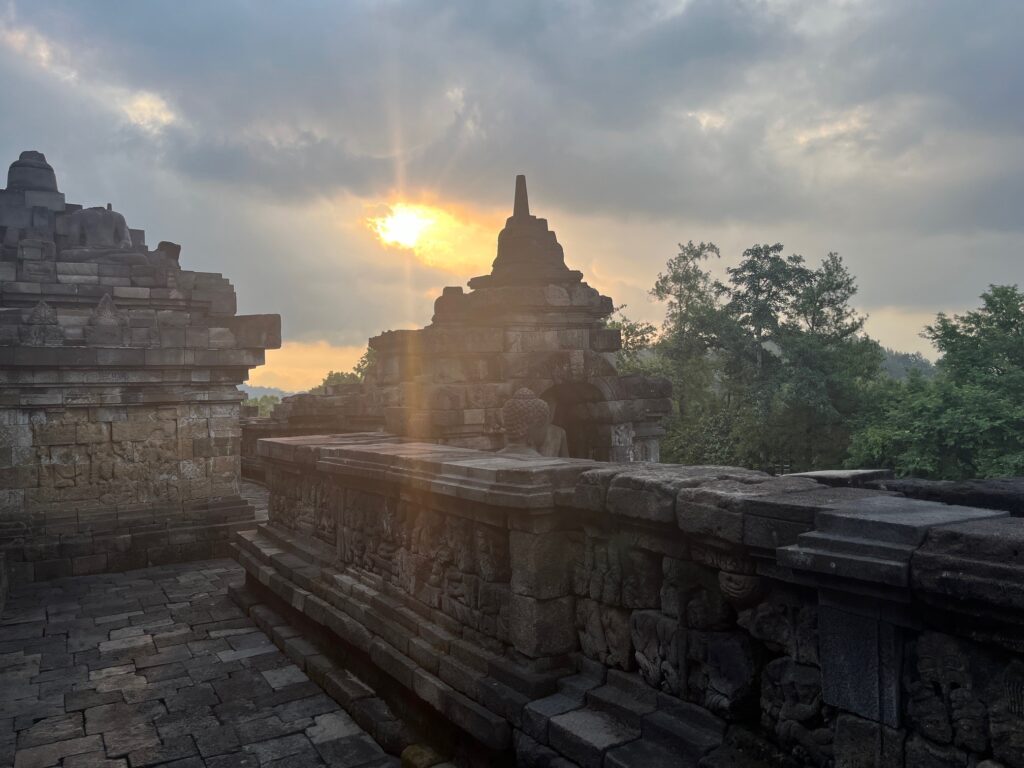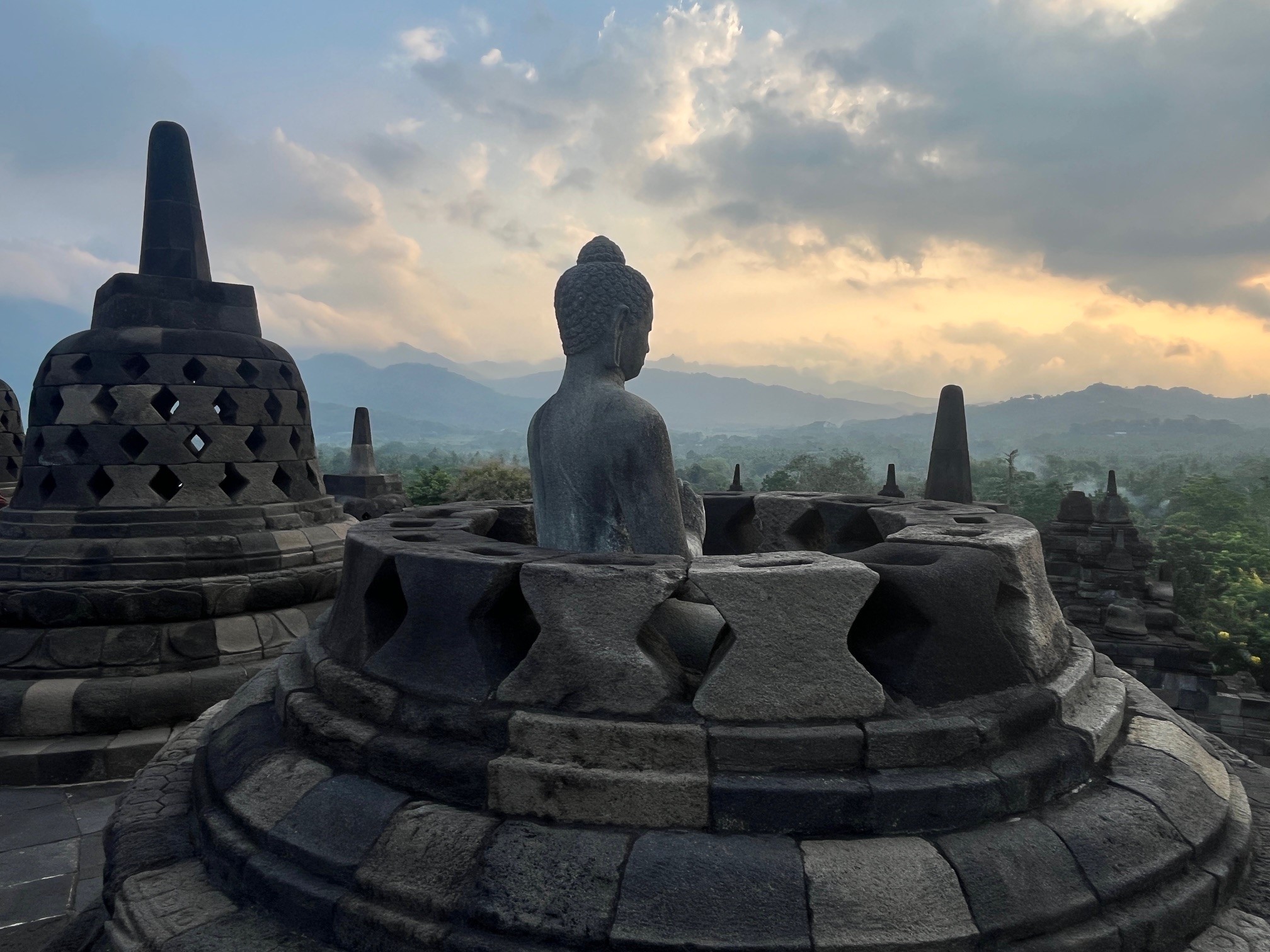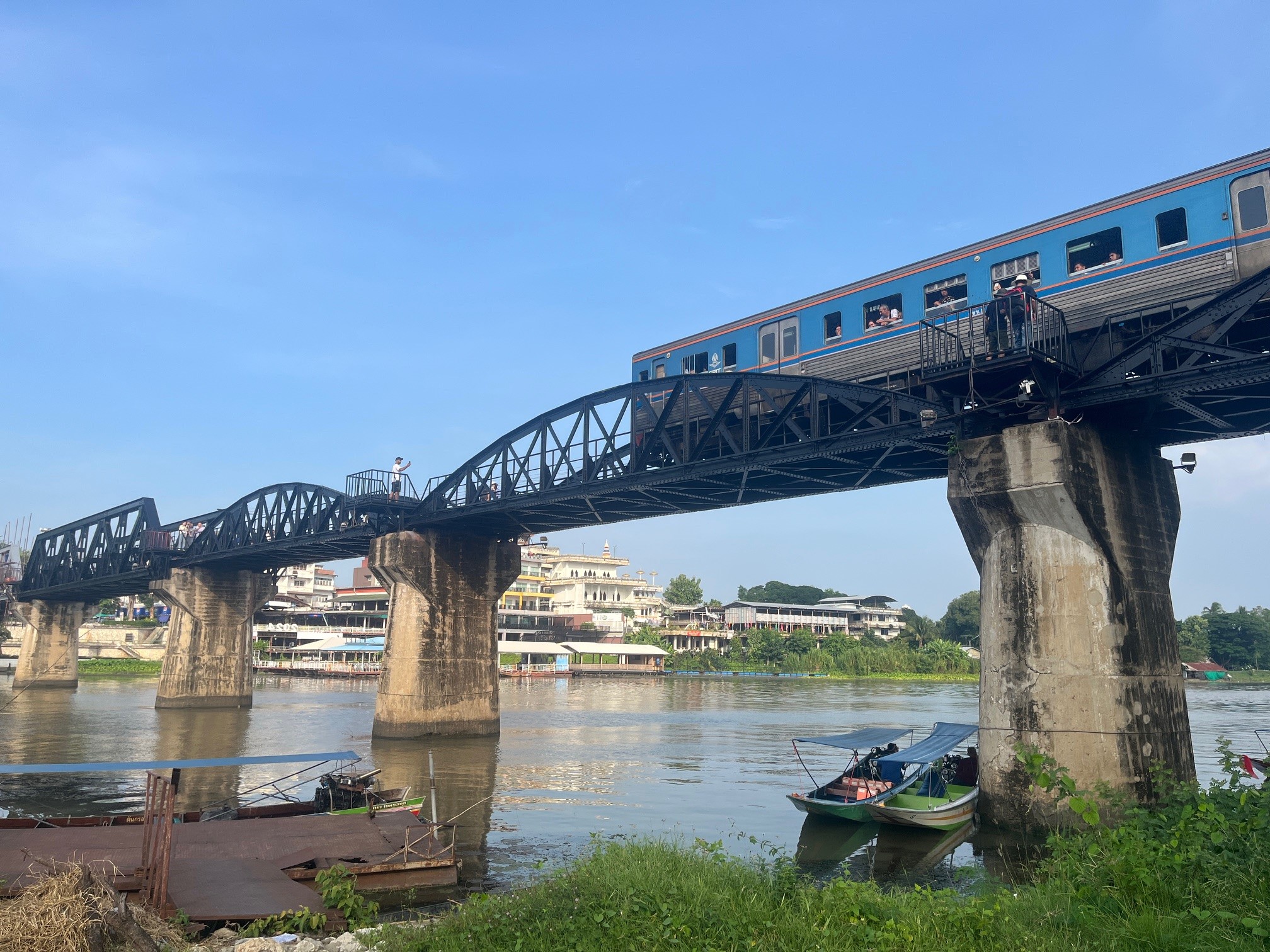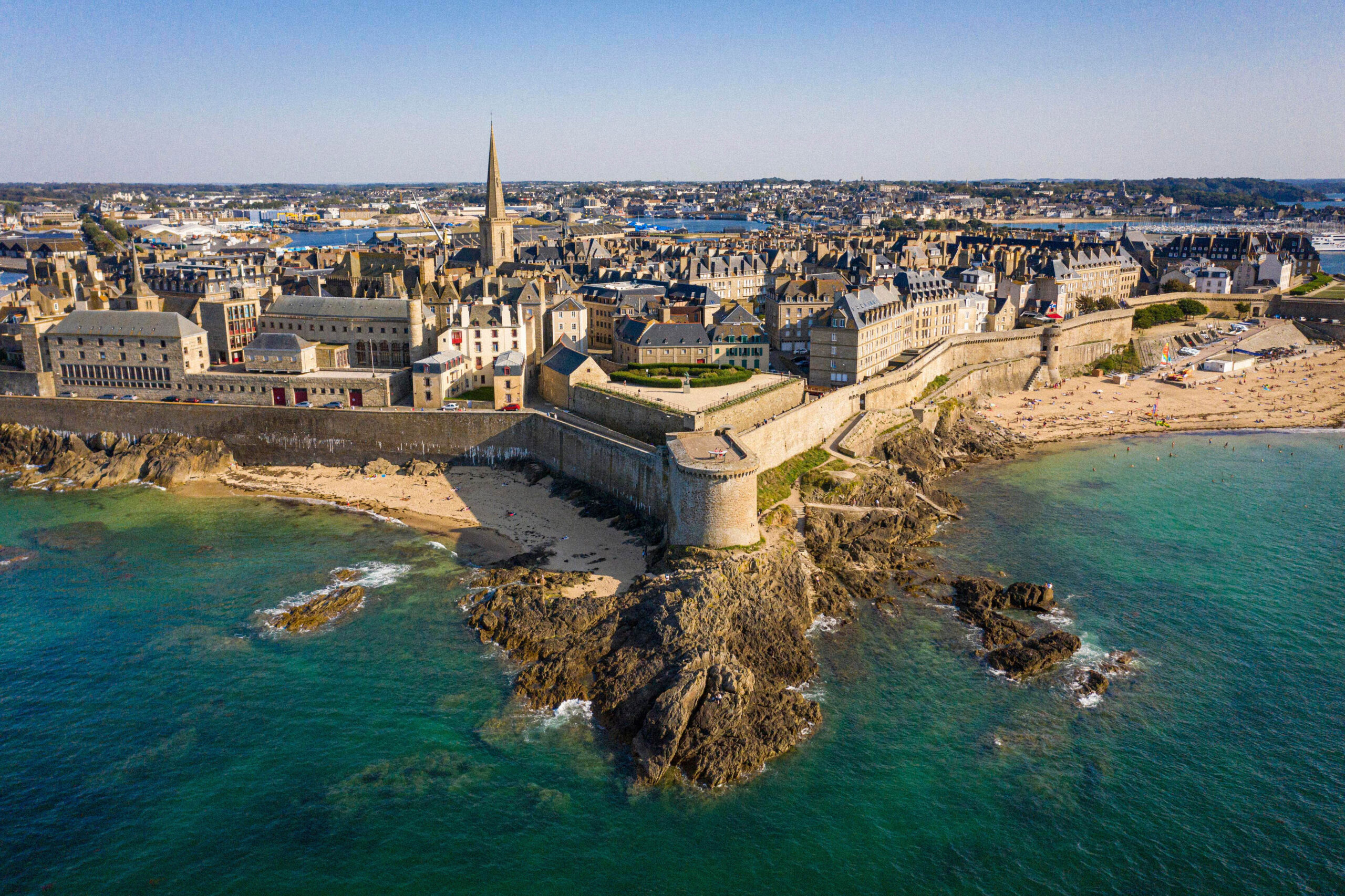Can a square become a circle? It’s the inverse of the classic geometric problem of squaring a circle. A visit to Borobudur on the Indonesian island of Java gave me the impression that it was possible. At its base, the Buddhist temple appears as a series of right angles. I climbed upwards, following the stories of Buddha’s life carved on a succession of bas-reliefs teeming with detail and adventure. When I reached the top of the temple after this procession of stone, everything became round: the platform from which you can see the volcanoes on the horizon, the chubby bells that form a circle and between which emerge the sculptures of soothing, serene Buddhas.
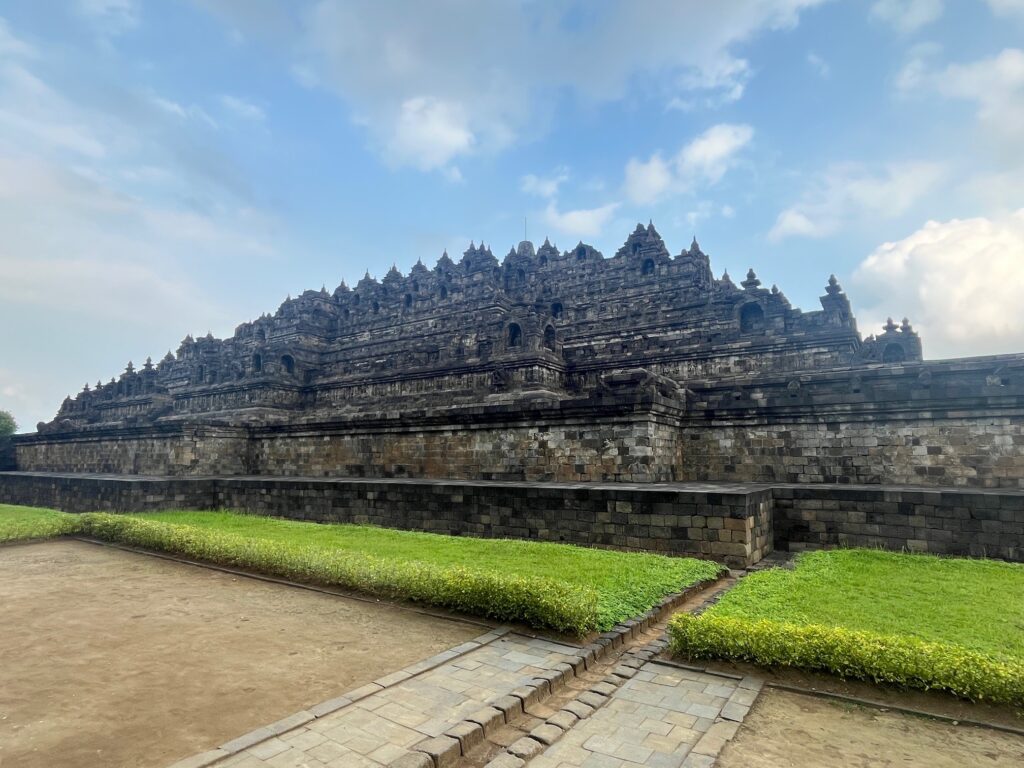
Admittedly, “Beauty is a Wound”, the novel by Indonesian writer Eka Kurniawan, covers an entirely different period in Indonesia’s history, beginning just before the Second World War, under Dutch colonial rule, continuing through the Japanese invasion followed by the War of Independence, preludes to the revolutions and violent regime changes that marked the early years of this gigantic, but rather little-known country. At times, however, the book reminded me of the Borobudur bas-reliefs, with their succession of characters and events that appear in one chapter and then return a few stages later.
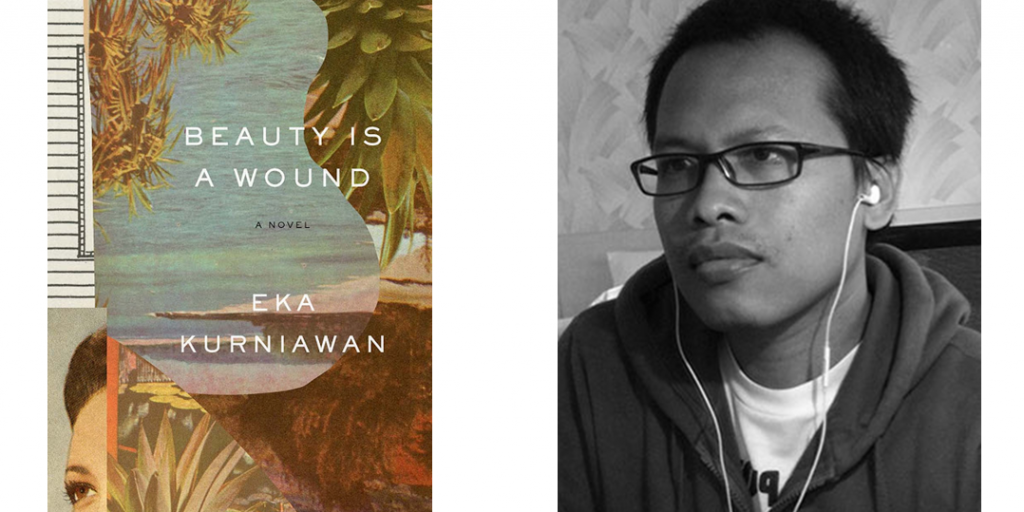
Dewi Ayu, a prostitute, is the novel’s central character. She lives in Halimunda, a fictional town on the island of Java. A Dutch-Javanese half-breed, her parents have disappeared, and she is raised by her Dutch grandparents, who run a plantation. Her youth was care-free, and as a teenager she proved to be breathtakingly beautiful. But then war comes, and the Japanese throw her into an internment camp with other Dutch colonists. She had to learn to survive. After the war, she chose prostitution because, in the context of Indonesia at the dawn of its independence, it was virtually the only job a woman could do to earn a living, and “to marry someone you don’t love is way worse than living as a whore”.
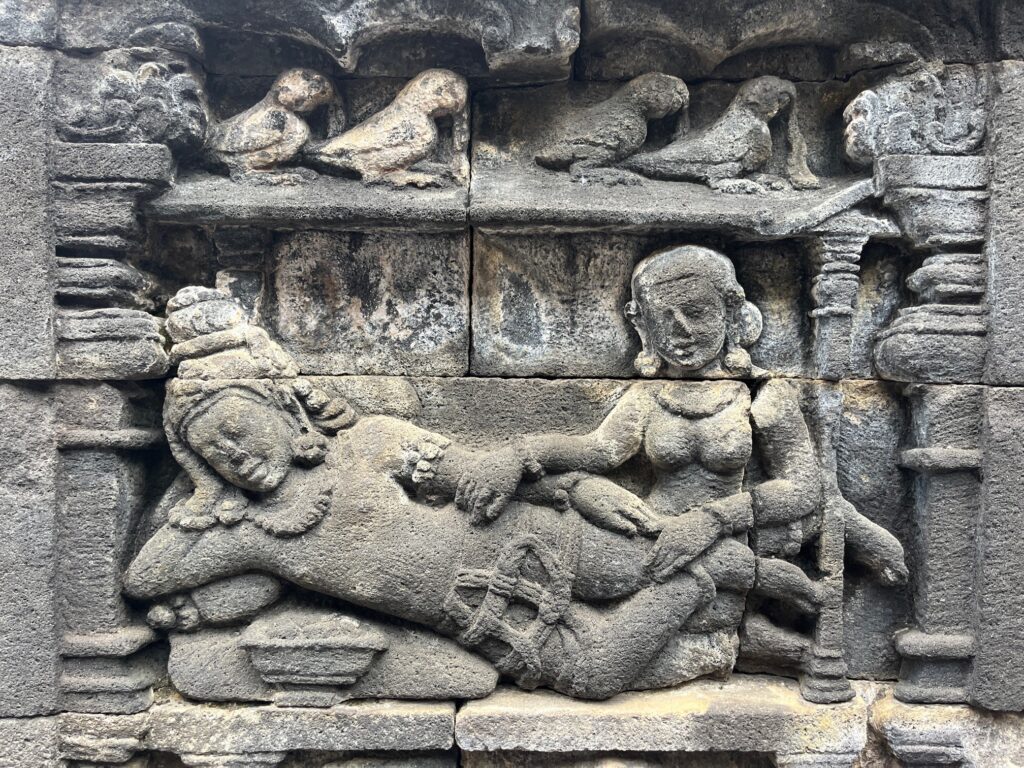
She gives birth to three daughters, all as beautiful as their mother. This beauty acts as a curse, as the novel’s title suggests. The three girls marry three of Halimunda’s most important men: Maman Gendeng, a revolutionary who after independence became a thug, Shodancho, the region’s military commander, and Comrade Kilwon, a communist leader. These three characters represent the forces that were to tear each other apart in the first decades of Indonesia’s history, shattering the destinies of Halimunda’s beauties.
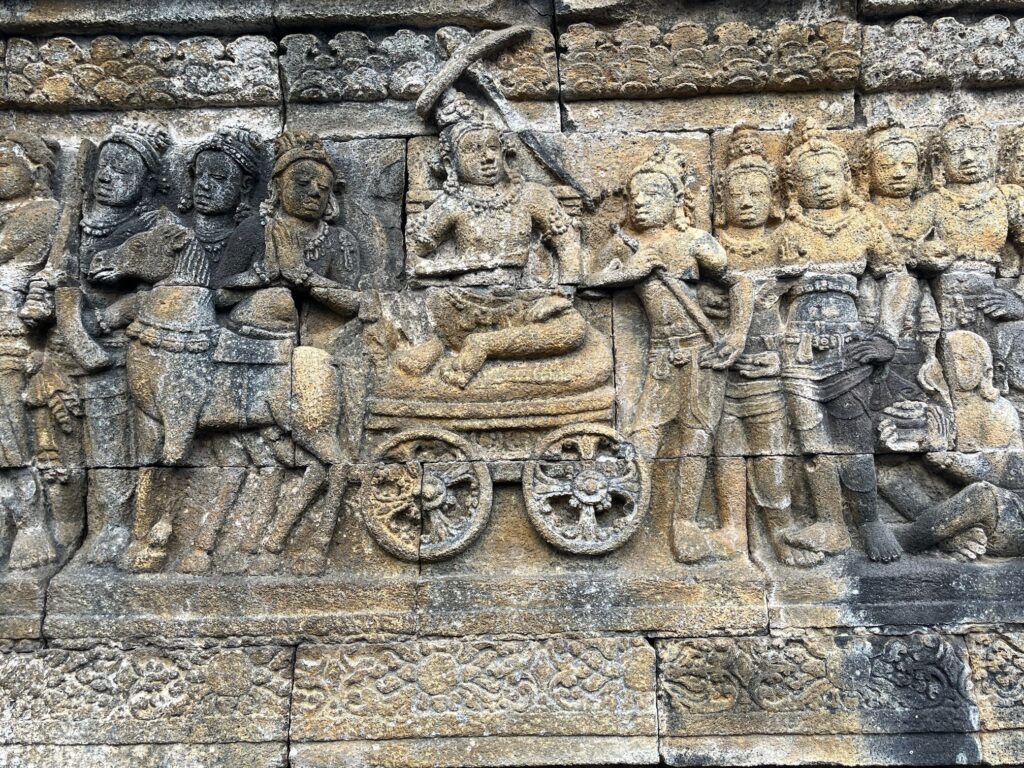
Dewi Ayu dies shortly after giving birth to her fourth and last daughter. Without ever having had the chance to see her, she decided to name her “Beauty”. But the little girl is hideous. Twenty-one years later, Halimunda’s most beautiful prostitute rises from the grave to find this girl she doesn’t know, who hides her ugliness yet welcomes a nocturnal visitor.
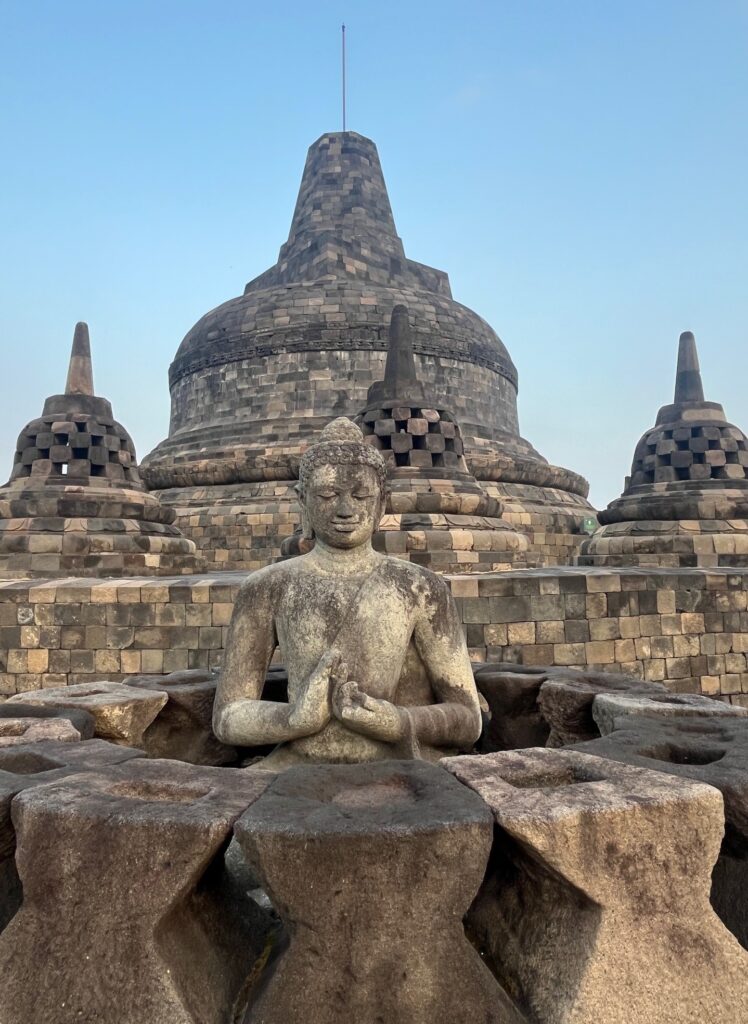
In a style that blends magical realism with cynical humor, this masterful novel took me on a journey of discovery into Indonesian history, and to the heart of the question: how could these beautiful islands harbor so much horror? How does one go from beauty to ugliness? From square to circle? Or vice versa.
